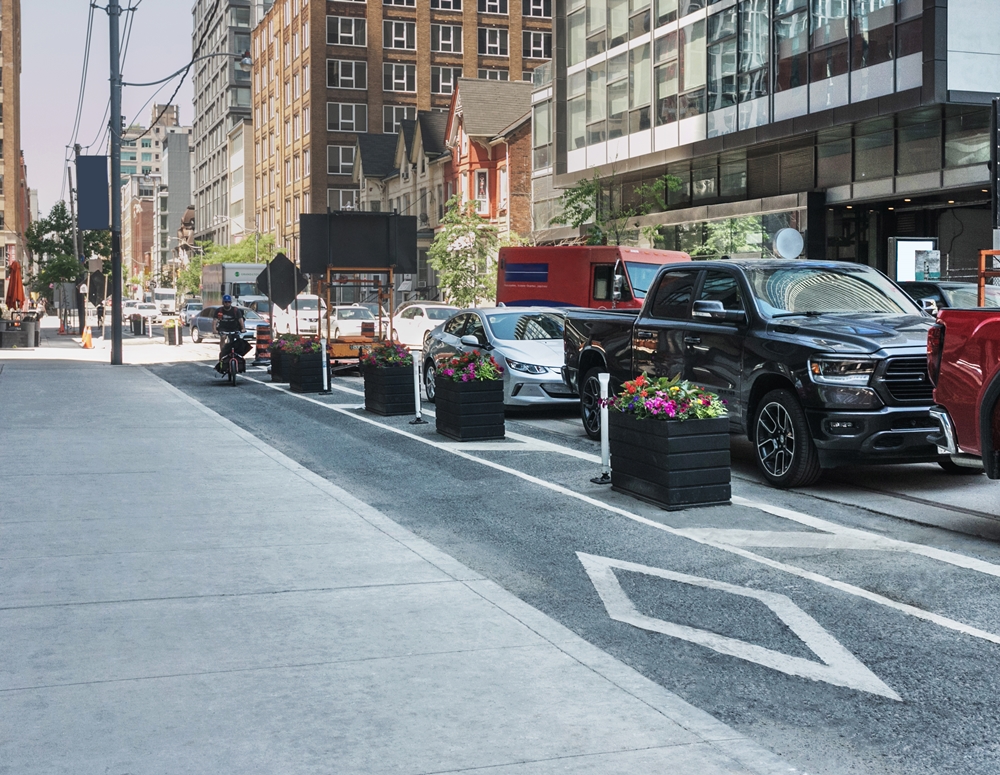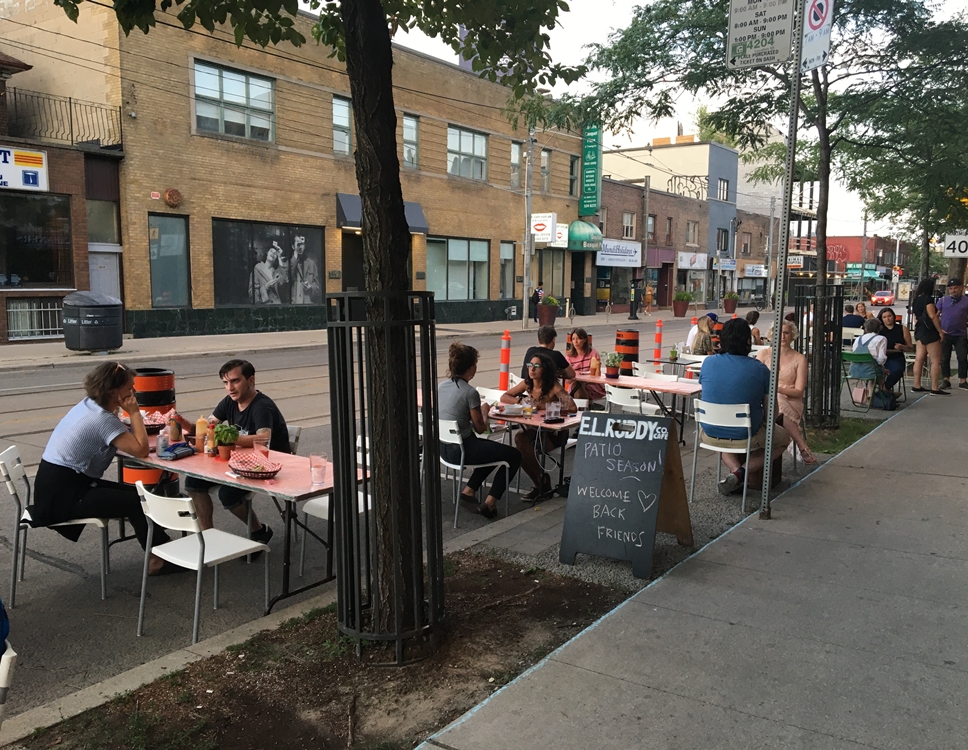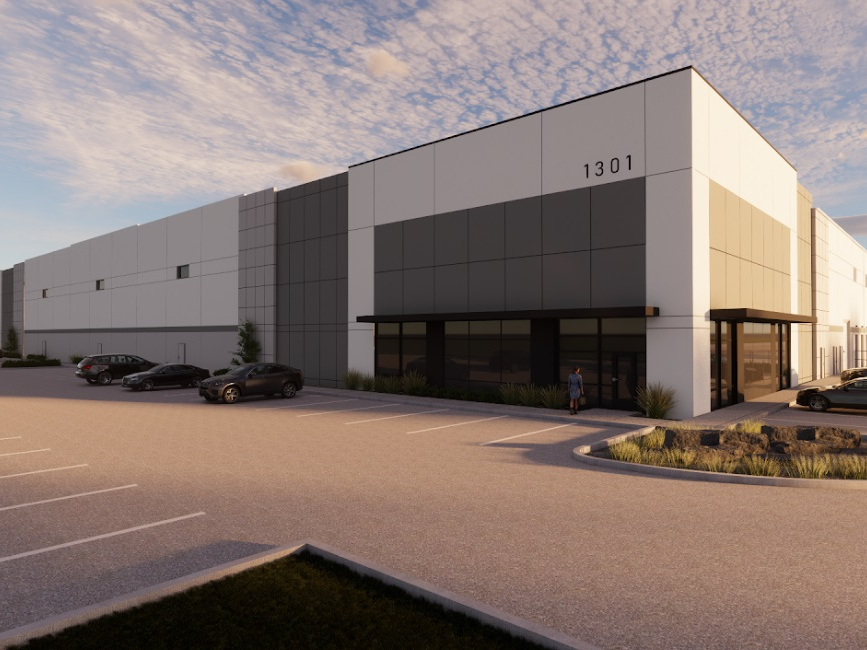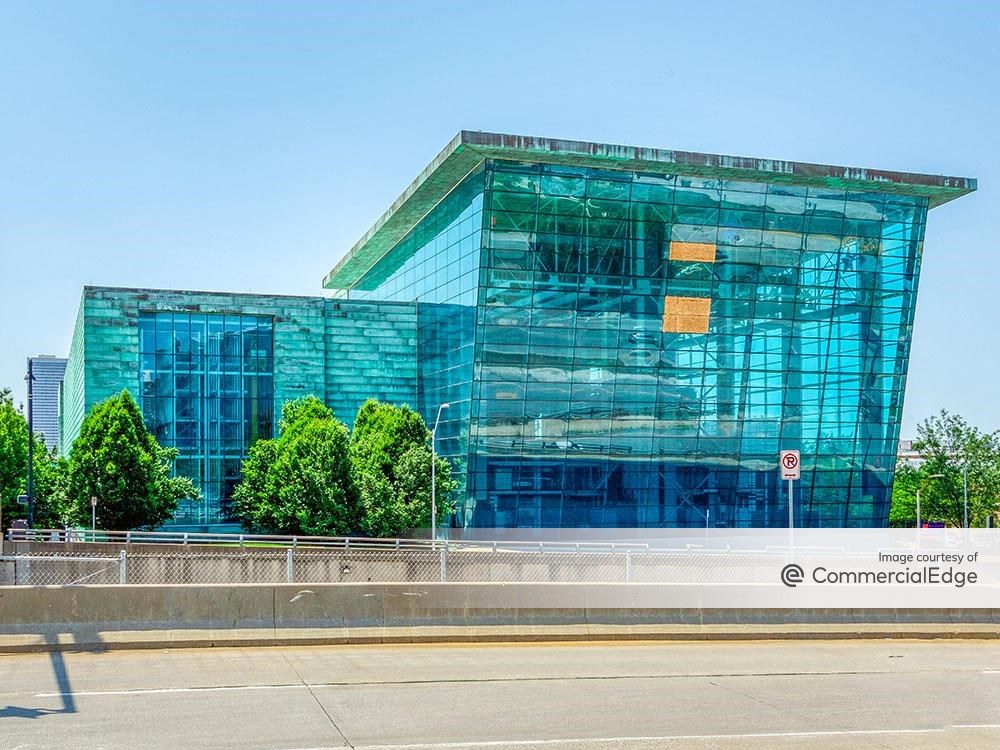How TODs Are Bringing People Back to Public Transit
IBI Group’s Trevor McIntyre on the planning and design decisions needed for resilient responses to health-related crises.
Since the onset of the pandemic, people have been shying away from using public transit. Additionally, the idea of living and working in densely populated communities is no longer appealing—at least for the time being. This sentiment paints a muddy picture for transit-oriented developments, which were gaining momentum before the new coronavirus started to spread throughout the country.
After leading major transit-oriented projects across the globe, Canada-based IBI Group has identified solutions that allow these developments to stay on track by creating technologically advanced urban settings. The company joined forces with government officials to unlock new potential in data-driven environments, leading to emerging urban patterns in the wake of the health crisis.
In an interview with Commercial Property Executive, Global Director of Placemaking Trevor McIntyre talks about the most probable lasting impacts of COVID-19 on TODs and elaborates on how these projects can act as a walkable bridge of trust between people’s mobility habits and a safe return to work.
READ ALSO: Major Mixed-Use, Entertainment District to Rise in Orange County
In which way has the pandemic impacted transit-oriented developments?
McIntyre: The pandemic has reinforced the importance of transit-oriented developments around the globe. IBI Group noticed a shift, with major transit clients referring to these more as transit-oriented communities. With the growing importance of living in a 15-minute city organized around transit and less reliance on private vehicles, people have realized that self-reliant mixed-use communities are preferable to driving across the city to park and wait in line at food stores and service centers.
Active transportation such as bikes, electric bikes, scooters and even skateboards are on the rise, and people are getting to know their communities better, and the shortcut routes that are safe and fully accessible. This focus is a collaborative effort directed toward green and transit infrastructure, the built form within the community, the spaces between the buildings and the intelligence that helps people communicate and understand their surroundings in order to improve their lifestyles.
What new challenges has the pandemic created in designing indoor shared spaces?
McIntyre: On a short-term basis, the obvious challenge has been dealing with lower capacities in buildings, based on social distancing. On a medium- to long-term basis, the challenges have expanded to safe return-to-office protocols. IBI Group’s intelligence practice, which is integrated into our design practice, has developed design algorithms that allow us to plan safe social distancing layouts, revealing the capacity at which we can return.
Further, we developed a software app that allows people to safely book spaces within the office, including shared spaces such as studios or boardrooms. We are using it in all of our offices globally, alongside protocols for safely returning to work. We have also applied this to clients and partners and will continue to do so in the office, as well as other sectors.
Tell us more about the urban patterns that emerged in the wake of the pandemic.
McIntyre: One of the key changes we saw in the wake of the pandemic was the impact on the restaurant subsector. In Toronto, close to one-third of restaurants found it hard to remain operational and financially sustainable with reduced occupancy.
IBI Group worked closely with the city of Toronto and its transportation group to redefine the public domain. In some 51 business improvement areas within the city, we closed the curb lane from vehicle traffic, creating outdoor patios—known as CaféTO—allotted for restaurant space. The impact was powerful, successfully allowing an industry critical to the city to remain open, while adding to the vibrancy of the public realm.
What are the urban planning and design considerations that need to be made now in order to encourage people to confidently use public transit again?
McIntyre: Much like the example above, reallocating public space to allow for safe pedestrian movement, places for cycling, places to secure bicycles at stations or to safely pay for access to transit are critical. Wherever possible, touchless payment systems and free-flowing access points will help. However, planning smart trips is critical. We have been developing trip planning tools to allow for seamless transit access and predictability—all important to create a smart way to commute, with increased modes of active transportation.
Further, we have developed a tool called CurbIQ, a system that allows for the automation of controlling and accessing information around curbside management. This is critical to developing a healthy curbside ecosystem for all of the streets and curbs within the city. A healthy city is one that allows for movement and controls the daily struggles of congestion.
READ ALSO: A Closer Look at the Post-COVID-19 Office Landscape
Please share some details about the TOD projects you are pursuing at the moment.
McIntyre: IBI Group has been instrumental in developing TOD guidelines around the globe and is currently working on projects in Canada, the U.S., the Middle East, India and Latin America, but also on Mobility Hub Guidelines for the World Bank. Some of these studies are guidelines and policy documents, whereas others include implementation of communities where we are also involved in implementing major transit systems.
Some of the North American projects include the Metro First/Last Mile Metro planning for L.A. County Metropolitan Transportation Authority, the Salt Lake City Intermodal Hub and Master Plan, and the North Miami Mobility Hub and TOD Strategic Plan.
How do you expect office development to be affected going forward, considering the large number of TODs that broke ground before the pandemic?
McIntyre: This will be a definite challenge as we are seeing global patterns or trends where the return to office may not be the right solution. Many are considering hybrid alternatives which allow people to work from home and attend the office as a place to collaborate for several days a week, but without returning fully.
This global trend will be significant, given the nature of the pandemic. IBI Group is working with clients to predict what the future entails and how to develop a comprehensive and flexible solution, suitable for communities around the world. There is no one-size-fits-all solution, but rather a series that can help adapt to local climates, markets and end-user solutions.
What will the future of public transportation look like?
McIntyre: More than half of the world’s population lives in urban environments and transit represents a smart way to move people effectively. Businesses and people in general have realized that they can be flexible in how they live, work and play instead of being dependent on rules and regulations that create, rather than solve problems.
Flexible work times and flexible shifts that reduce peak volumes will help, as well as virtual solutions that further reduce congestion. Systems need to promote healthy lifestyles and not just good, but great design, to show their values and make them part of the city’s positive brand.
Describe the cities of the future. What will they look like?
McIntyre: The cities of the future will have transit as an integrated part of their structure. In fact, so well-integrated that it will go nearly unnoticed within the urban environment, at the same time being an accepted and desirable way for people to move. As other active transportation alternatives become more frequent, the cities of the future will adapt to other modes of transportation—even some not yet invented.
Autonomous vehicles, shared vehicles, autonomous taxis and other forms of transportation will continue to challenge the way we build buildings, the way buildings meet the street, the way drop-offs occur and the nature of the network of public roads. Technology will help bring these solutions to the forefront in order to create an equitable mobility platform to everyone within these future cities.










You must be logged in to post a comment.